Dysphagia Revelations: What We Know We Don’t Know and What Is Normal for Swallowing
Please enter a valid quantity
Please select a product format
That product is out of stock
BEFORE YOU BUY...
This course is one of more than 750+ CE courses in the ASHA Learning Pass, which gives you unlimited access to more than 1,350 hours of CE content for the cost of just one or two a la carte courses.
*If this is a recent SIG Perspectives course, you must also be a Special Interest Group (SIG) affiliate to unlock it as part of your subscription.
Already an ASHA Learning Pass subscriber?
Login
This trio of SIG 13 articles provides information regarding unique factions of dysphagia
intervention. Sophia Werden Abrams, Harmonie S. J. Chan, Jasmeet Sikand, Heather
Wilkie, and Kim Smith raise awareness for the importance of neurodegenerative disorder
research involving dysphagia caused by oculopharyngeal muscular dystrophy. Michela
Jean Mir and Karen Wheeler Hegland aim to shed light on the subjective use of cough
assessment and the importance and interest in formal clinical cough assessment
training. Kendrea L. (Focht) Garand, Mary Catherine Reilly, Dahye Choi, Rajarshi Dey,
Julie Estis, and Grayson Hill evaluate community dwelling adults using Modified Barium
Swallow Impairment Profile components for bolus hold type to assist in defining typical
swallowing behaviors.
Learning
Outcomes
You
will be able to:
- summarize the current dysphagia interventions currently used by speechlanguage pathologists, as described in the literature, who treat individuals
with oculopharyngeal muscular dystrophy
- discuss the importance of learning to administer and interpret clinical cough
assessments for individuals at risk of swallow impairment
- identify the predominant bolus hold pattern in healthy adults
Assessment
Type
Self-assessment—Think
about what you learned and report on the Completion Form how you will use your
new knowledge.
Articles
in This Course
- Dysphagia in Oculopharyngeal Muscular Dystrophy: A Rapid Scoping Review by Sophia
Werden Abrams, Harmonie S. J. Chan, Jasmeet Sikand, Heather Wilkie, and Kim Smith, published in SIG 13, October 18, 2021
- A Survey of Speech-Language Pathologists' Experience With Clinical Cough
Assessment by Michela Jean Mir and Karen Wheeler Hegland, published in SIG 13, November 16, 2021
- Factors Influencing Oral Bolus Hold Type: Tipper or Dipper by Kendrea L. (Focht)
Garand, Mary Catherine Reilly, Dahye Choi, Rajarshi Dey, Julie Estis, and
Grayson Hill, published in SIG 13, November 11, 2021
|

